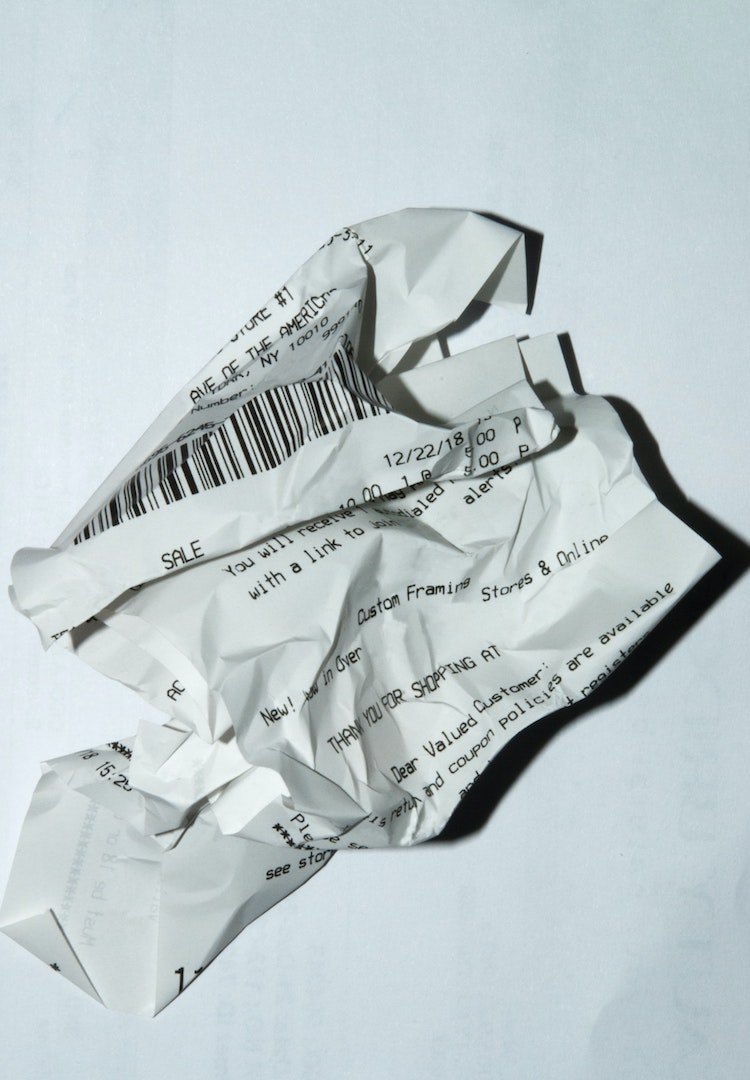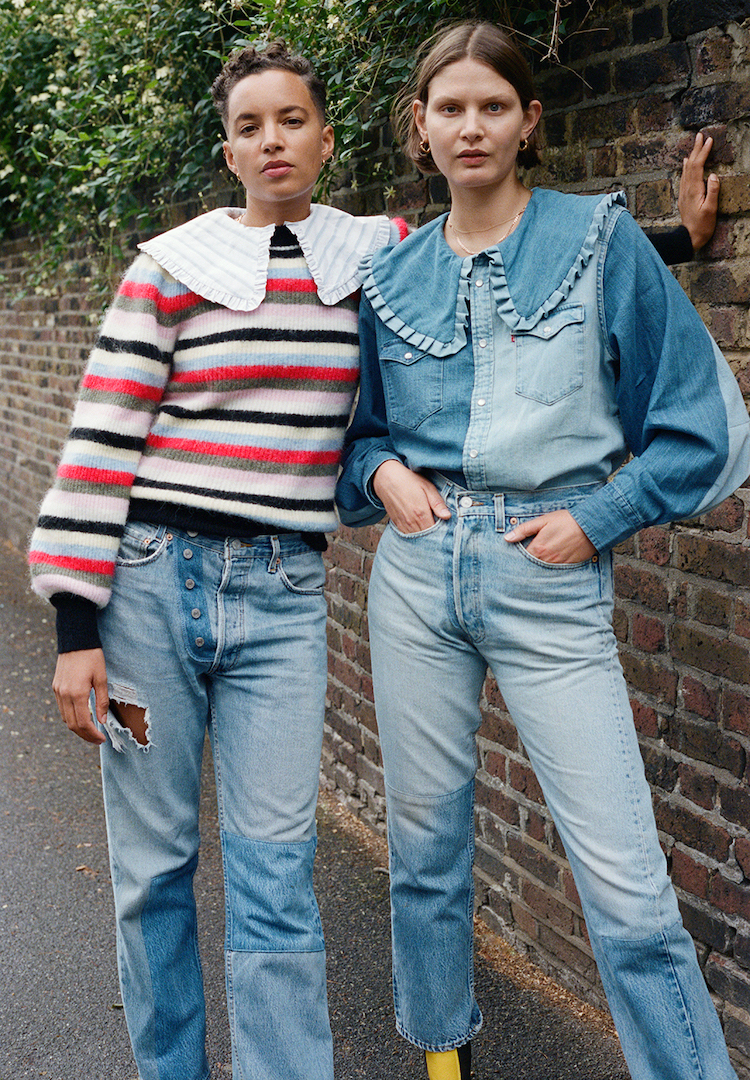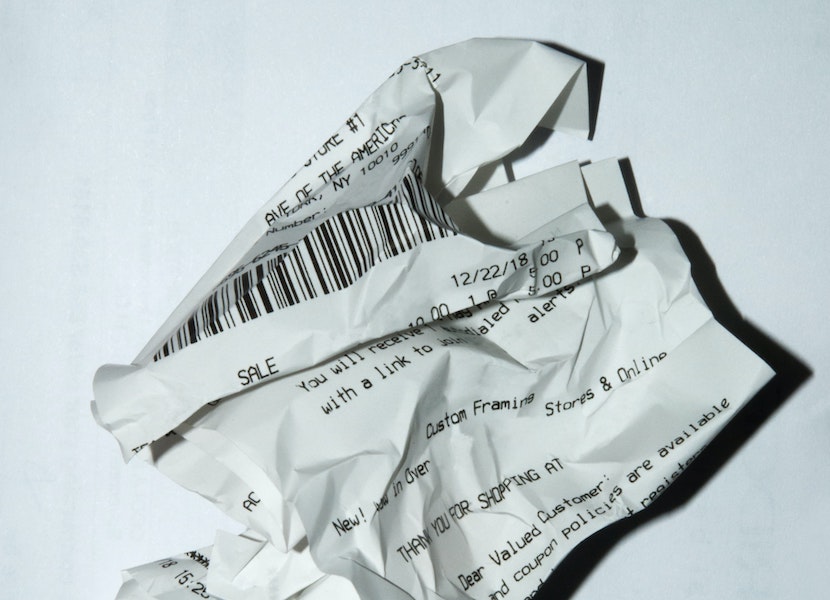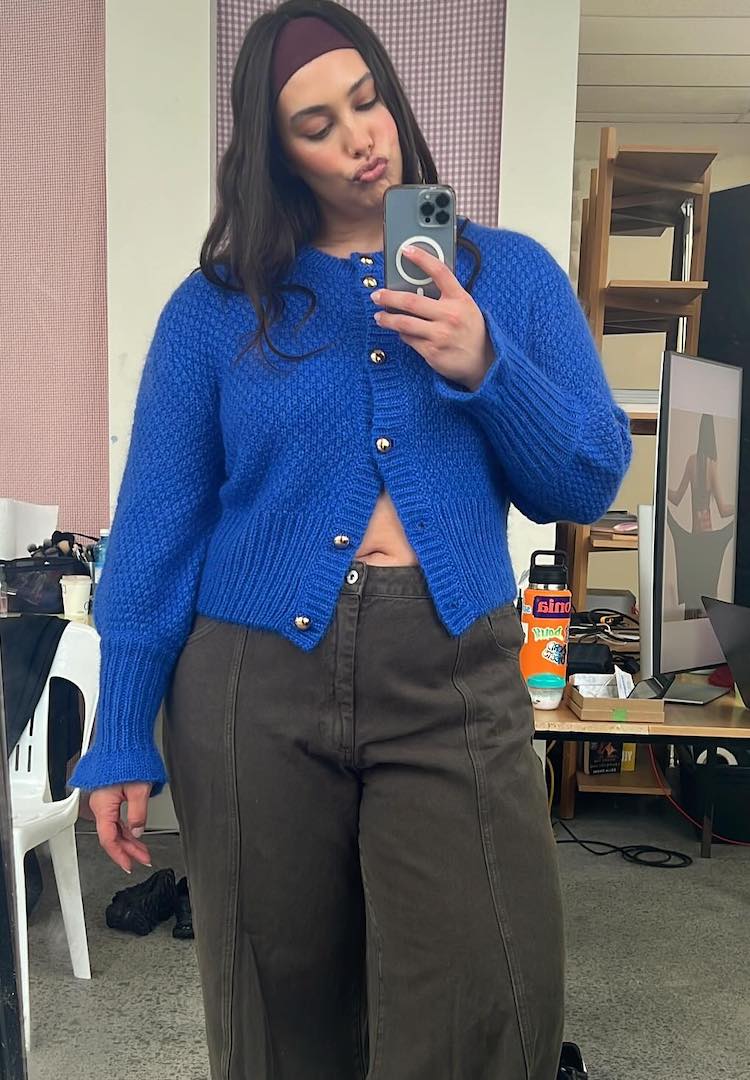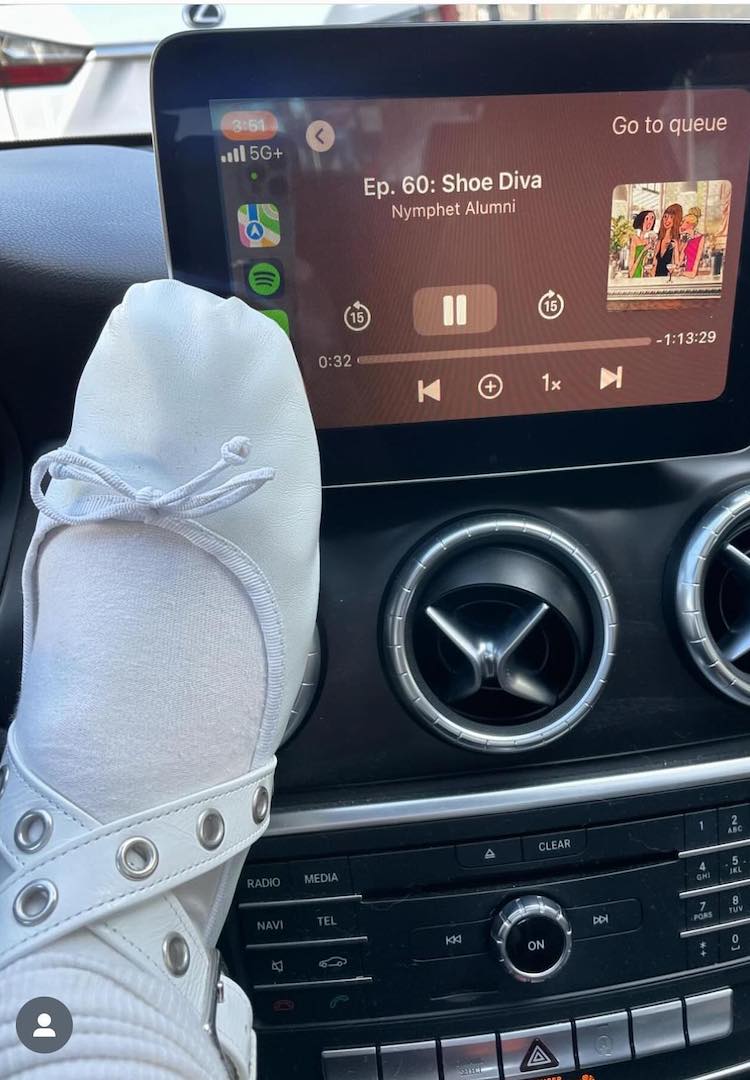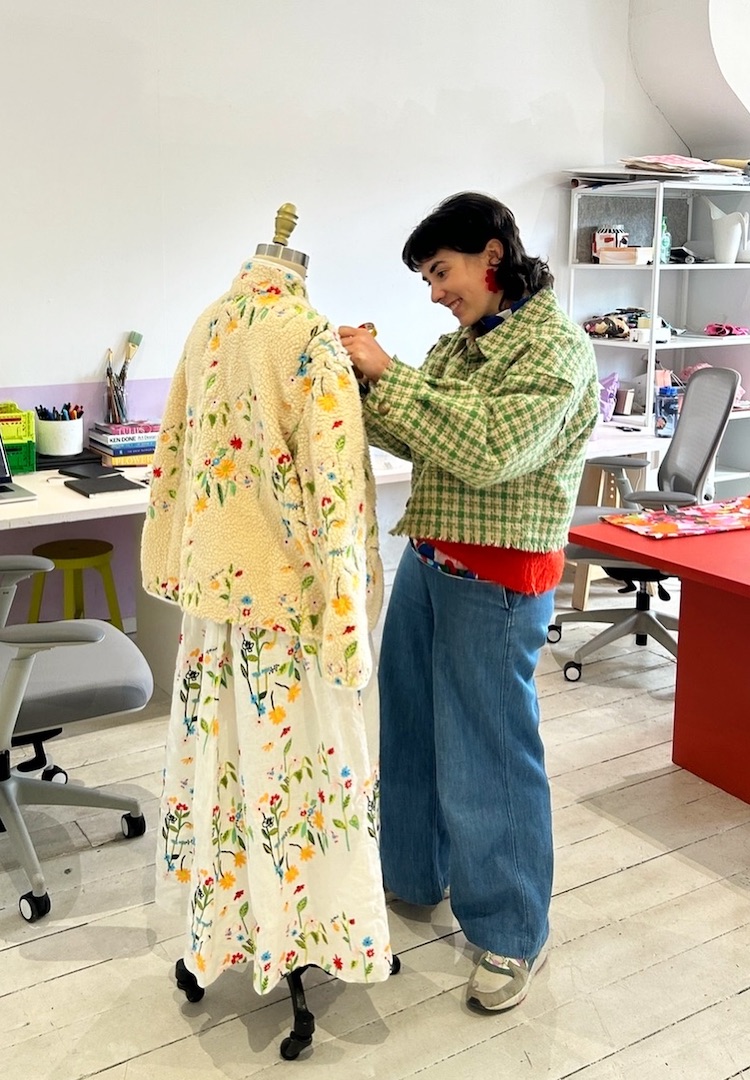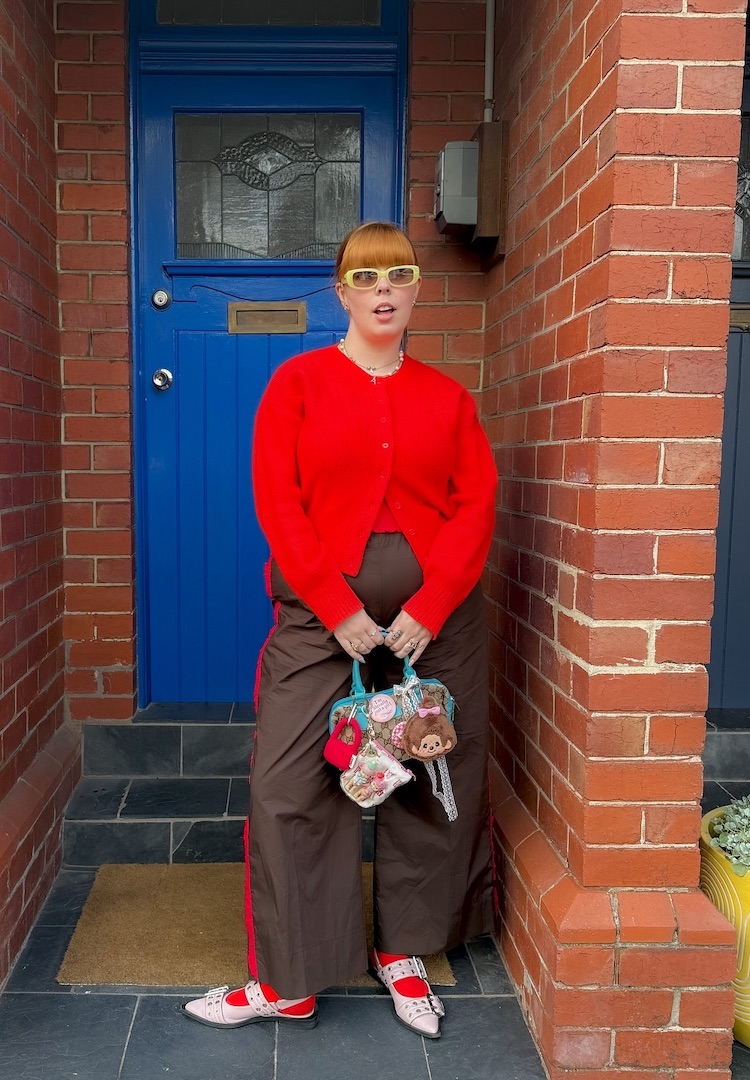An expert weighs in on tackling modern slavery in the fashion industry
WORDS BY ELOUISE DAVIS
“We’re not doing very well on this front at all.”
If you were to guess how many people work in slavery-like conditions in the world today, how many would you say? Nicholas Bernhardt, an expert on modern slavery and the CEO of Informed 365, a tech startup that ensures transparency across Australian businesses’ supply-chain processes, is sure that the current estimate of one in every 200 people would shock you.
To many of us, modern slavery is a new and confusing concept. But Nicholas explains it in pretty clear terms: “If you’re buying a dress for $5, someone along the line is being exploited. There’s no other way to look at it – you can’t buy a dress for $5 and think that everything’s above board.”
Painting a picture of what modern slavery looks like
Although modern slavery occurs across almost every major industry, it’s almost always fashion and textile manufacturing that shows up in the news for the human rights abuses that it facilitates. And to call it a human rights abuse is no exaggeration. It’s the contemporary version of slave labour, which Nicholas describes as “a scourge on humanity.” In short, modern slavery is the term used by labour rights organisations and emerging laws around the world to describe the exploitation of people for commercial gain.
Examples of the practice of modern slavery include forced labour, wage exploitation, involuntary servitude, debt bondage, excessive overtime, unsafe working conditions and human trafficking, which are just some of the behaviours that relatively new laws around the world are aiming to prevent. The UN even goes as far as describing modern slavery as the second-largest criminal industry in the world, with profits of over $150 billion.
When it comes to fashion, it’s not just the $5 dress end of the spectrum that’s involved, and Nicholas tells me that “We’re all somewhat complicit in modern slavery in most purchases in this era.” His (informed) view is that if you dig deep enough into any organisation’s supply chain, you will find a trace of modern slavery.
The practice has also thrived in the social media age, with consumers expecting ultra-low prices and runway rip-offs on-demand from fast fashion behemoths like Boohoo, Missguided and Fashion Nova. The low-cost, high-turnover business model has even enabled the fast fashion system to benefit from coronavirus, promising celebrity-replica loungewear and face masks to social media followers in a matter of days, while physical stores remained closed.
This system is made possible by stringent buying contracts between fast-fashion retailers and supplier factories, that demand an enormous volume of low-priced goods in the shortest possible timeframe, usually at the expense of working conditions.
This is not a farfetched problem
Think this sounds like a problem relegated to the world’s offshore garment-manufacturing centres? Another surprising feature of modern slavery is its geographic reach. While two-thirds of the estimated population of modern slaves are situated in developing nations – like Bangladesh, China, India and Myanmar – developed countries aren’t exempt.
Nicholas estimates that there are 130,000 modern slaves in the UK, a whopping 100,000-400,000 in the US, and even a range between 1,400-15,000 in Australia today. These are all rough numbers, but while it’s hard to say with absolute certainty how many people are modern slaves today, the number doesn’t really matter. As Nicholas puts it, “If it’s 40 million it’s 40 million too many, and if it’s 80 million it’s 80 million too many.”
Why now?
Fashion’s most recent controversies have been disturbing developments for modern slavery. One of the latest scandals involves UK e-tailer Boohoo, who faced allegations of misconduct after a Sunday Times reporter posed as a worker in a factory in Leicester, UK.
Claims include that workers at this factory suffered severe forms of underpayment, worked excessive hours, had their passports taken away and were even forced to come to work while COVID-19 infections surged within the factory. Similar claims have been made against Californian retailer Los Angeles Apparel, whose workers staged a retaliatory walk out after they were unsatisfied with the sanitary conditions in a factory that has seen 375 cases and four deaths among its workforce.
It makes it worse to think that all of this happened in the middle of a pandemic. Experts are beginning to view the forcible continuation of work under conditions conducive to spreading coronavirus to be a new example of modern slavery, and consider that coronavirus will only escalate an already desperate situation. “Unemployment drives desperation, and that will, in turn, drive the exploitation of very vulnerable people,” Nicholas tells me.
Another news item that’s been emerging since early 2020 has focused on the forcible labour of the Uighur people, a Turkic Muslim minority group in the north-western Xinjiang region of China. To be clear, the allegations of modern slavery against this group are part of a much broader set of human rights violations, potentially amounting to genocide, discussion of which goes beyond the scope of this article.
In terms of modern slavery specifically, human rights groups estimate that cotton produced by way of Uighur forced labour makes its way into one-fifth of cotton products worldwide, including into the apparel of many leading fashion brands as ubiquitous as Adidas, as well as PPE exported to the US and other countries.
It remains to be seen whether these examples will be just more passing scandals, or whether any meaningful impact will come out of these incidents. Boohoo’s share price has rebounded, and influencers are back online spruiking the brand’s heavily-discounted wares (it’s estimated that 643 influencers still posted about Boohoo in the first two weeks of July, at the height of media scrutiny of the brand’s actions). Los Angeles Apparel’s factory has reopened after two shutdowns, and mounting outrage about the treatment of the Uighur people has paled in the face of coronavirus coverage.
But 2020 has the potential to amplify anger in the court of public opinion, as consumers are experiencing a heightened awareness of inequality and racism, and are questioning the need for excessive consumption in the current climate. So what happens next?
Aren’t there laws that cover this type of thing?
In the infancy of the fight against modern slavery, the goal isn’t to have it be eliminated from the supply chain immediately, or even really to punish non-compliant businesses. There’s still so much to be learnt about modern slavery to effect change that, at this point, all businesses are being asked to do is to take a solid look at their operations.
The sooner companies start doing due diligence on their supply chains, the sooner the government and industry groups can gain clarity on the types of actions that need to be taken to reduce and eliminate modern slavery over time.
“It’s almost analogous to health and safety. If you go back 20 or 30 years ago to a construction site anywhere in the world, work boots and high vis vests were optional. Now, if you go to a construction site, everything’s very clearly defined. I’m hoping modern slavery goes down the same path – we get transparency in the supply chains, and eventually, we start identifying the perpetrators of modern slavery and shutting them down,” explains Nicholas.
That being said, both the UK and Australia already have some of the few global laws specifically targeting modern slavery. Australia’s Modern Slavery Act came into effect in 2019, and Nicholas explains that per this new law, any business with a turnover of over $100 million will soon have to publish a report that monitors its supply chain and sets out risks of modern slavery in its operations, the first of which is due by the end of 2020. Like the UK, neither of these relatively new laws actually impose penalties for failing to produce the report, at this point.
So what are the consequences?
The lack of legal punishment doesn’t mean these brands have no accountability. The reputational and financial ramifications felt by the businesses involved have been dire, from retailers as large as Asos dropping wholesale accounts with Boohoo, to the departure of major investors. Los Angeles Apparel’s failings have brought south LA’s entire manufacturing sector into disrepute and investigation.
A coalition of more than 180 human rights groups and lawyers have called for a banning of the sale of all products sourced from the Xinjiang region. China’s inaction on the matter threatens the stability of global trade after the US and EU instituted new policies in July that prevent the import of goods produced in this region and punish complicit companies.
Perhaps the biggest outcome of recent scandals has been the media furore, the consumer backlash encouraging a boycott of brands involved, and demands that the industry change its ways. As Nicholas puts it, “They will have to change their business models or will have no more social license to operate.” It illustrates that it’s customers who have the ultimate power to penalise companies that don’t live up to our standards.
Nicholas also points out that widespread awareness is the single most powerful thing that can happen to further the modern slavery cause right now. “The challenge is that most people are blissfully unaware of the social cost involved in purchasing goods that are made in an unethical manner.”
Fully appreciating that we’re entering an era where many of us are faced with unprecedented economic pressures and can’t always afford to buy from sustainable it-brands, Nicholas encourages a good starting point in just doing a bit of research about products and making a communal effort to say that when we do shop, we do so a little more consciously.
The same goes for small fashion businesses operating with limited budgets and resources. “Do your research, know where you’re procuring your items from, and engage with your suppliers. Have open communications and start unravelling what’s involved in your supply chain.” According to Nicholas, these are all good first steps towards best practice for a small label.
Governments, consumers – who else plays a part in preventing modern slavery?
Another role that consumers can take on, without spending a dollar, is to point the finger at corporations that profit from modern slavery and have fostered the environment of excessive consumption in which it exists. This isn’t just fast fashion brands. Consider the discord between what influencers are paid to promote fast fashion and the wages made by behind the scenes workers – shouldn’t they dedicate some of their online space to finding out where their free clothes came from?
And what about the social media giants, who provide the platforms for fast fashion to thrive even beyond the imaginable dreams of early-2000s Zara and H&M? What should they be doing to educate their audiences on the issue? Fashion’s mega-brands also have an obligation to shine a light of transparency on their supply chains and use their size as leverage in refusing to deal with non-compliant suppliers. But best practice is a two-way street and large, well-resourced labels can’t continue to blame factories and subcontractors while turning a blind eye to their own responsibilities.
It’s estimated that over a million Bangladeshi workers have been fired or furloughed as a result of cancelled orders during the pandemic, as fashion suffers from store closures and widespread shopping cutbacks. Large brands need to find the right balance between honouring buying contracts in low-demand periods and overburdening factories when demand is high, so that factory owners can afford to uphold ethical standards and set safe working conditions when the economy and consumerism start up again in full force.
Where to next?
Nicholas is certain that the only way forward is for the industry to adopt a collaborative approach, with brands sharing their data and insights as to how we can all do better. Organisations need to work together to confront modern slavery as an industry, rather than every company trying to tackle the problem in their own individual silos. This is extra important for Australian entities, most of which lack the size to have any independent clout on an international stage to put pressure on suppliers and effect real change.
Ultimately, the scrutiny faced by fashion on the issue of modern slavery represents an opportunity for the industry to better itself and set an example for other sectors. “Fashion is both the worst and the best player in this field, if that makes sense,” says Nicholas. “The worst because clearly there’s a lot of perpetrators, but there’s also a lot of companies that are taking this as an opportunity to say – we want to be totally different.”


